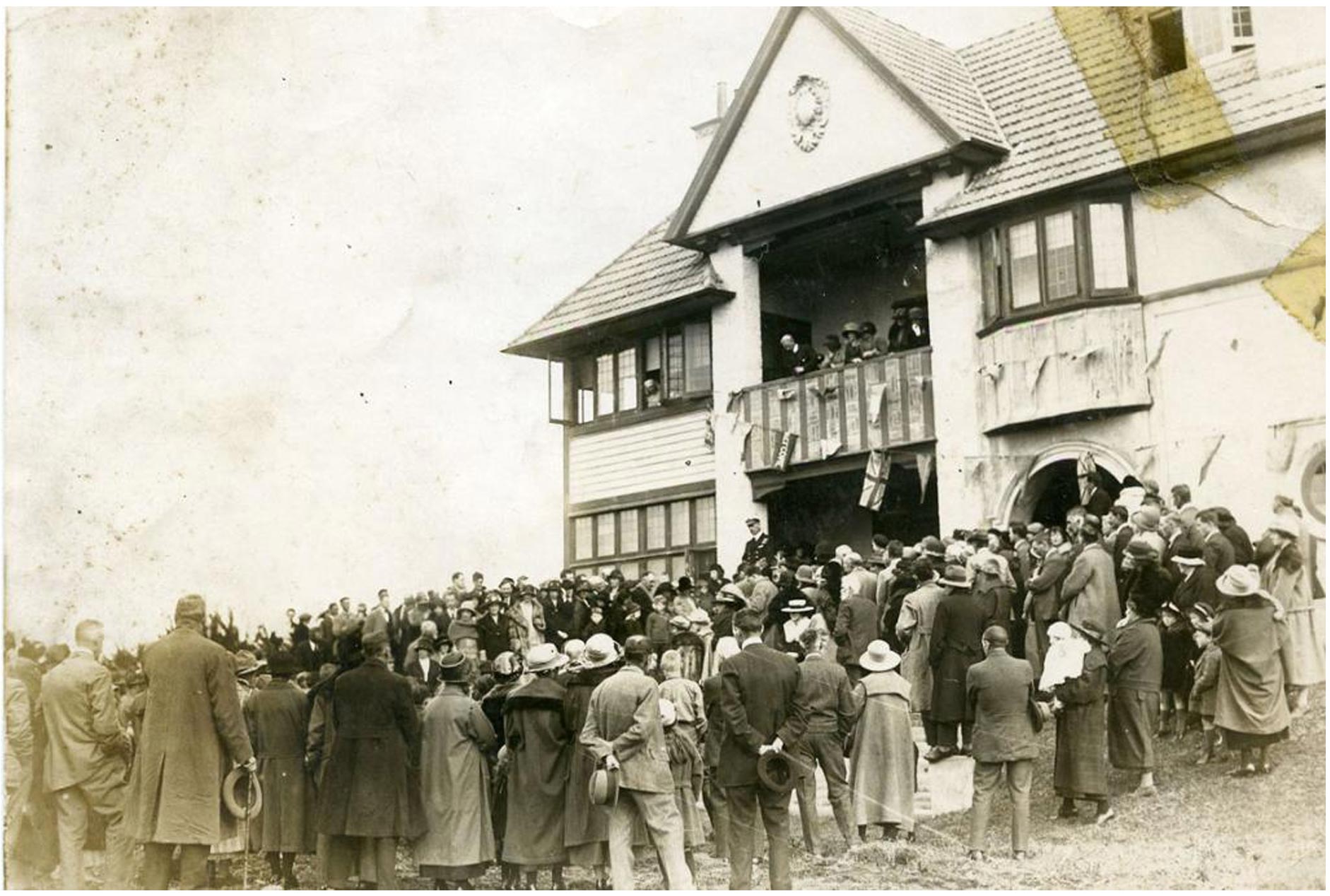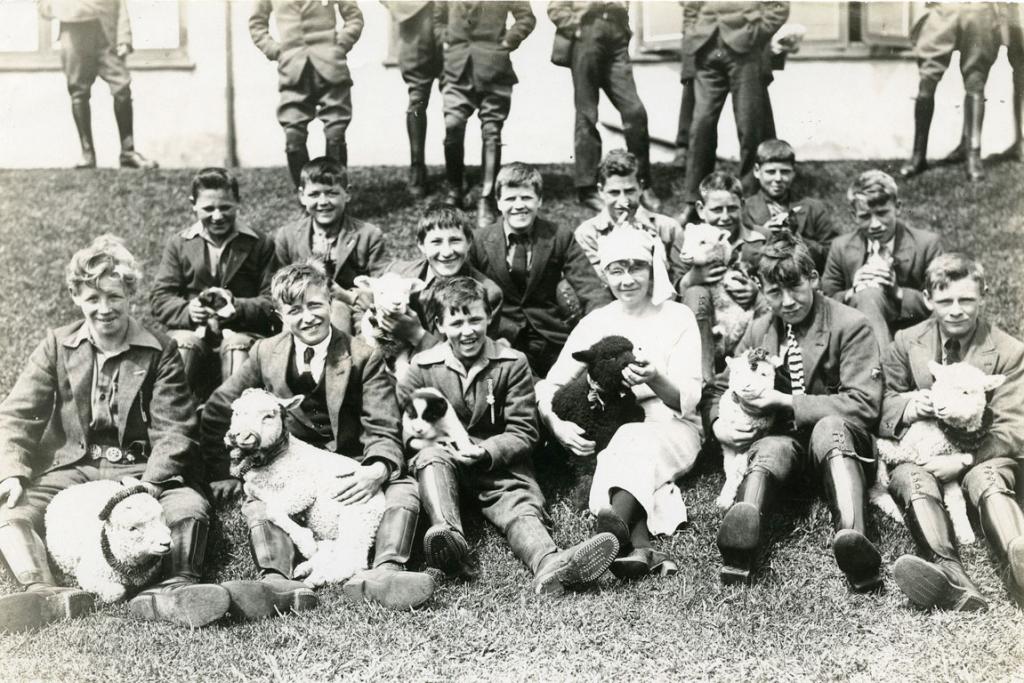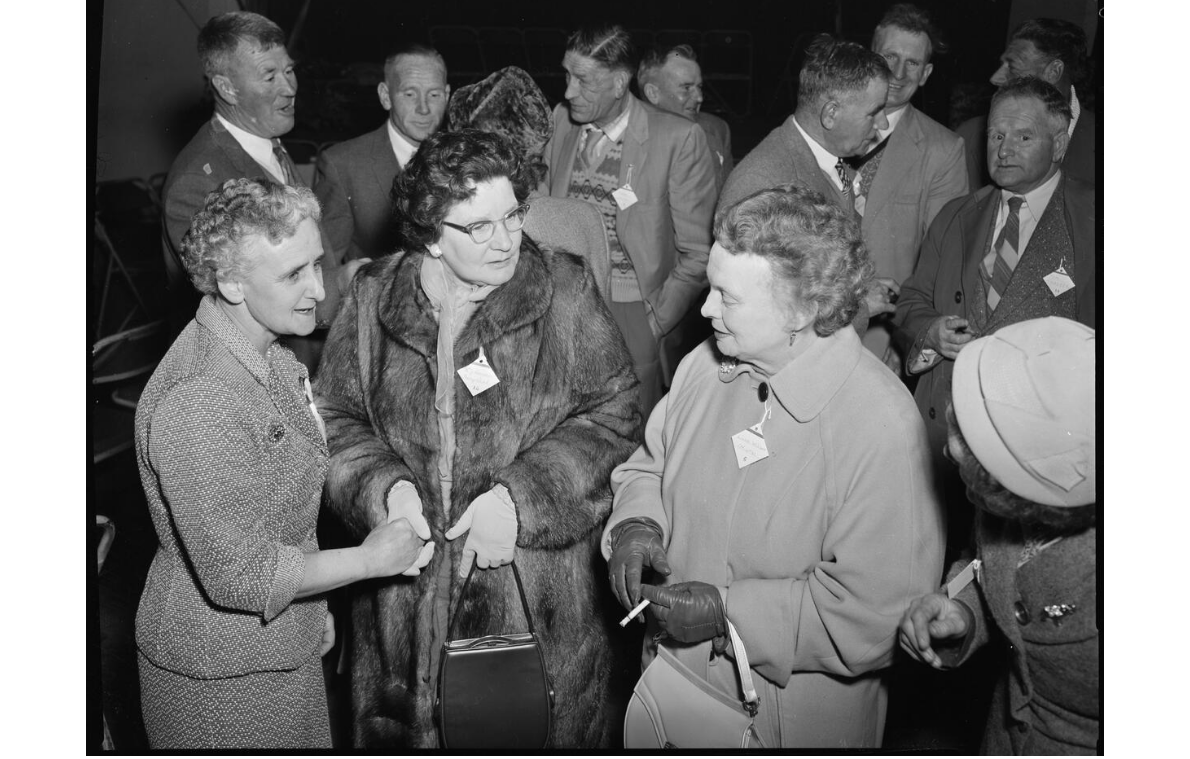Origin of the Fund
To trace the institution that was to become known as “Flock House” and to get a background of the supporting fund, it is necessary to touch briefly on wool marketing during the 1914-18 war.
All wool was sold to the Imperial Government at a fixed price—wool, of course, being classed as a commodity of war. Towards the end of the conflict, however, there was wool surplus to war requirements. This was sold on the open market by the Imperial Government and brought higher prices than had been paid to the growers.
For war purposes the New Zealand Government of the day had imposed what was called the “Imperial Commandeer of New Zealand Wool”. This stipulated that until one year after the cessation of hostilities the New Zealand Woolgrowers would receive a fixed average price for their wool and any profits made from the sale of wool for civilian purposes would be shared equally between the growers and the Imperial Government.
During the latter stages of the 1914-18 war, the late Mr. Edward Newman (member of Parliament for Rangitikei) had given much thought regarding the use of any possible profits from the sale of wool. Consequently, when addressing a meeting of the Farmers’ Union at Marton on July 22, 1918, he made a proposal that the wool growers’ portion of the surplus profits should be devoted to a fund for the benefit of the dependents of the sailors of the Royal Navy and Mercantile Marine who had lost their lives or had been wounded while serving at sea in the defence of the Empire.
Some of the remarks made by Mr. Newman when enlarging upon his proposal are most significant, for it is here that we see how the name of the Fund originated. He said that it would be a disgrace to this country, with all its prosperity, mainly due to the protection of the navy, if it did nothing more than it had done in acknowledgment of the debt owed to the seamen of the Royal Navy and the Merchantile Marine. The surplus profits on wool being sold in England, he suggested, should be devoted to a fund for the benefit of these gallant men.
He went on to say, that in his opinion, it should be a spontaneous gift from the woolgrowers of the Dominion to the bereaved ones of these brave seamen. The services rendered to New Zealand by the Royal Navy and the Merchantile Marine were unique and acknowledgment should be free and generous, remembering that no money payment could repay the indomitable bravery, endurance and self sacrifice of those men.
The Marton Farmers’ Union took up the proposal and forwarded it to the Dominion headquarters where it was again well received and supported.
Mr. T. R. Lees, who was then head of the Department of Imperial Government Supplies, heard of Mr. Newman’s proposal, and joined forces, as it were, with him. It was largely due to the enthusiasm of these two men that the proposal came to fulfilment.
Circulars were prepared by Messrs Newman and Lees and about 24,000 were distributed throughout the Dominion to all woolgrowers. Mr. Newman continued to address many meetings throughout the country. At times, there was some opposition to the scheme and a lukewarm attitude that must have depressed Messrs Newman and Lees, but both these men were imbued with such sincerity and tenacity of purpose that finally their efforts had a just reward.
Over 2,600 woolgrowers, including some of the largest station holders to the smaller woolgrowers from one end of New Zealand to the other, supported the scheme.






